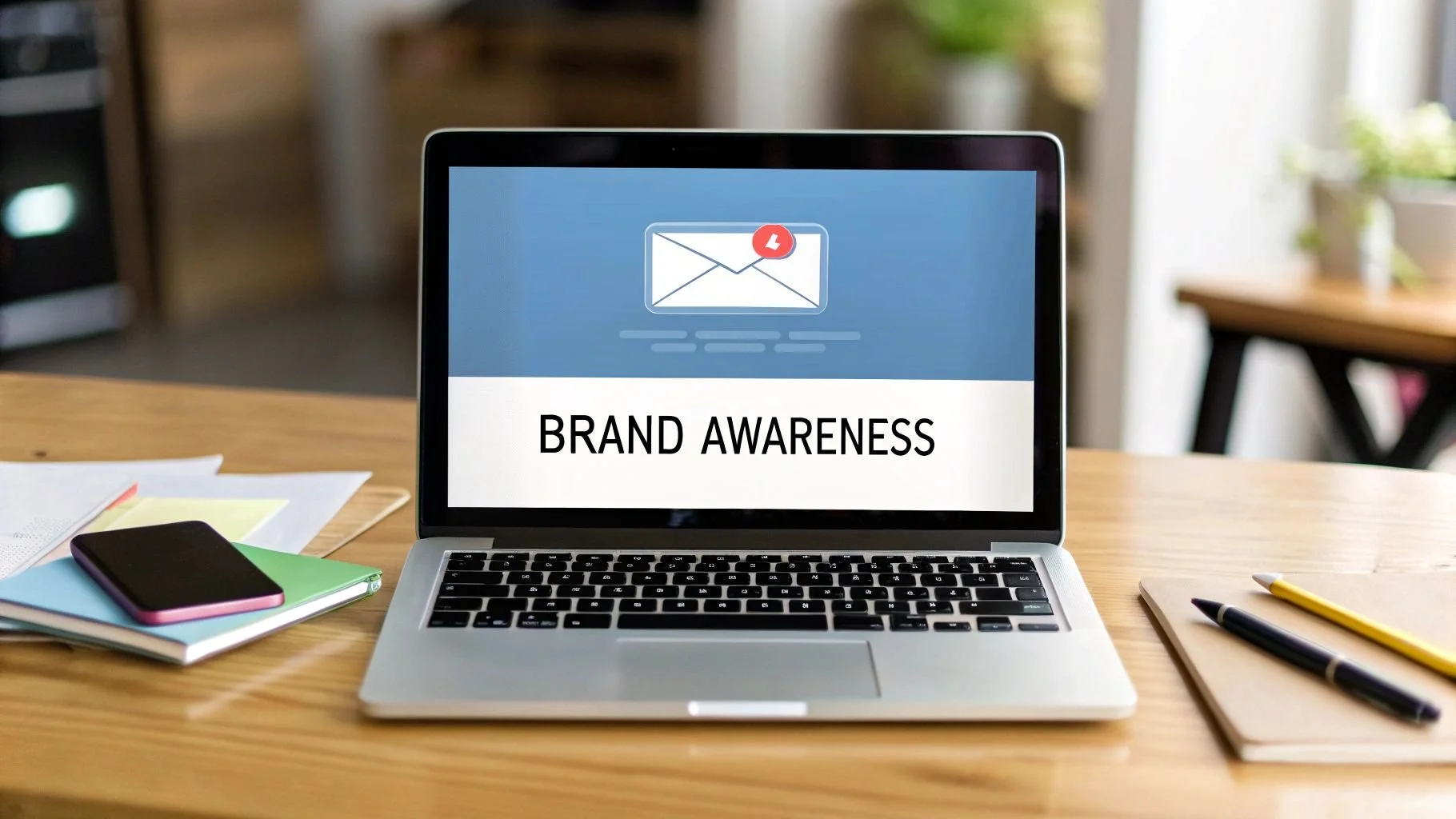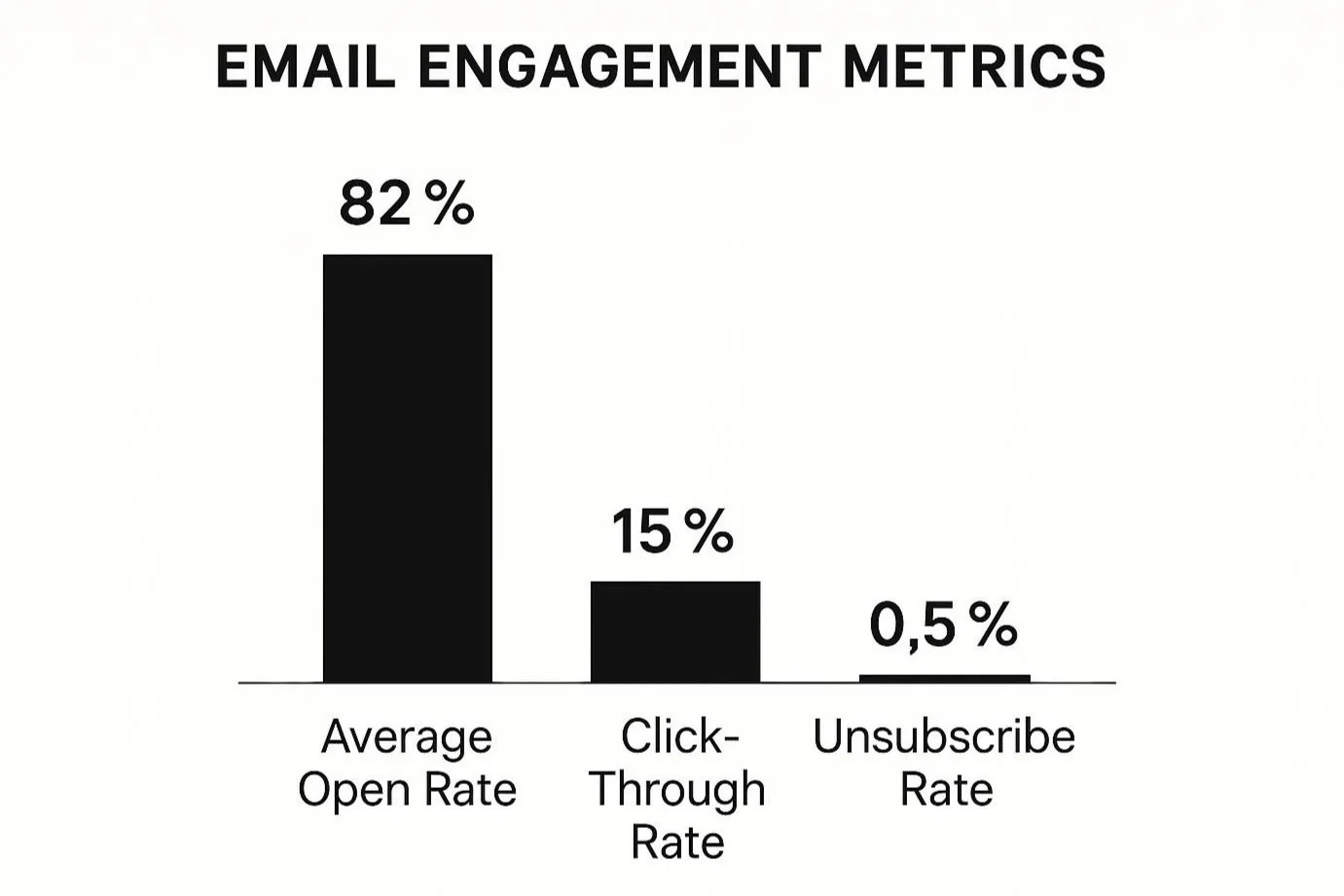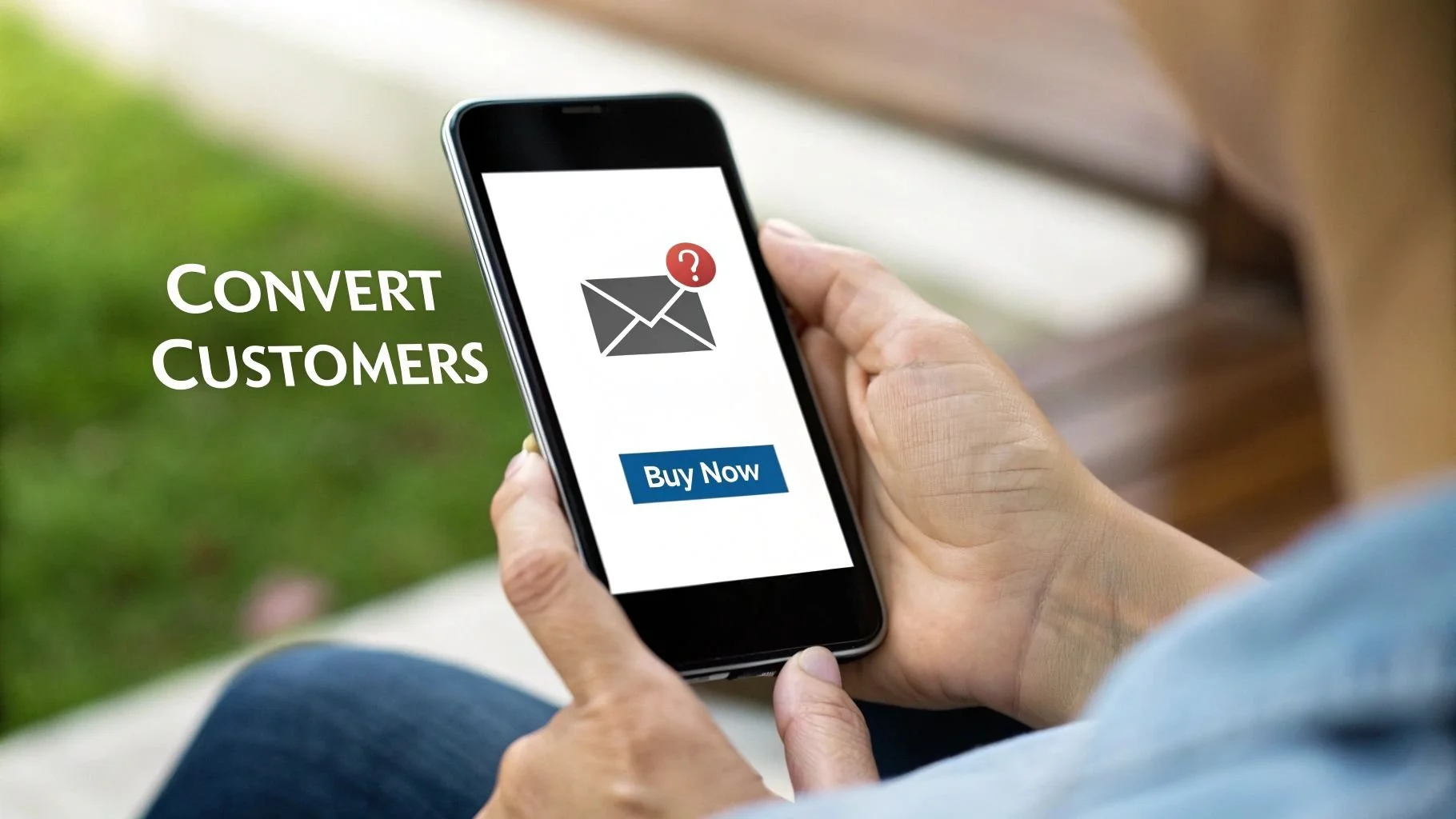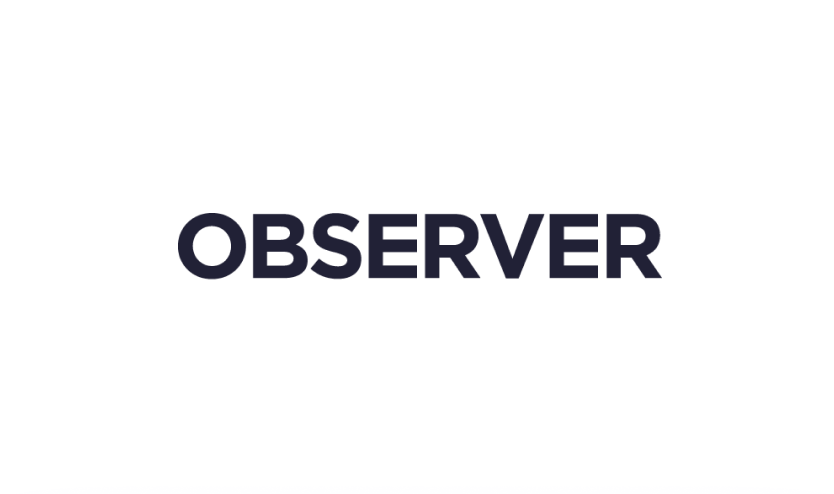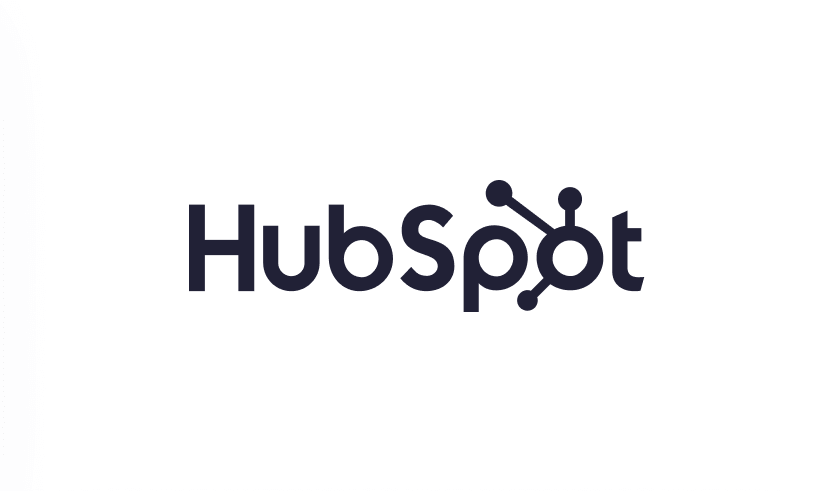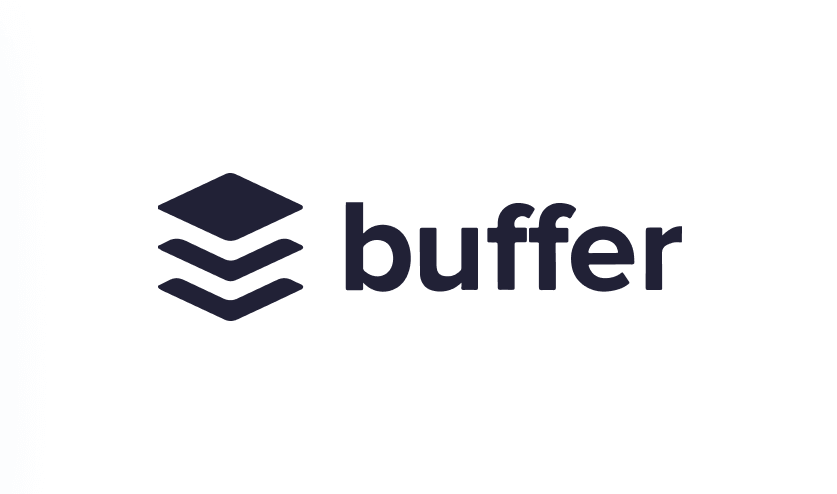Email Marketing Funnel Strategies to Boost Conversions
Understanding What Makes Email Marketing Funnels Actually Work
Building an email marketing funnel is more than just sending a bunch of emails. It's about strategically guiding your subscribers on a journey, taking them from curious prospects to loyal, paying customers. Understanding the psychology behind engagement is key. This means understanding your customer's mindset at each stage and creating touchpoints that resonate with their needs and desires.
The Power of Personalization in Email Marketing Funnels
What separates a successful email marketing funnel from the rest? Personalization. Generic email blasts often end up ignored or in the spam folder. Emails that address the subscriber by name and offer relevant content are much more effective. Imagine receiving a discount on something you were just looking at online. It feels helpful, not like marketing. This personal touch increases engagement significantly.
Structuring Your Email Marketing Funnel for Success
While the details can differ for every business, successful email marketing funnels often follow a similar structure. It usually starts with a lead magnet, like a free ebook or webinar, to attract subscribers. Then, a series of welcome emails introduces your brand and builds a connection.
Nurture emails come next, providing valuable content and establishing your brand as an expert. Finally, sales emails promote products or services, encouraging subscribers to make a purchase. This mirrors the natural progression of a customer relationship, from initial interest to buying.
Leveraging the Vast Reach of Email
Email marketing funnels are increasingly powerful because of the sheer number of email users worldwide. By 2025, an estimated 4.5 billion people will be using email, growing to over 4.8 billion by 2027. This provides a huge audience for businesses. Effective funnels can convert these users into leads, and ultimately, customers.
With average open rates around 39.64% and click-through rates of 3.25% across various industries, the potential is clear. Optinmonster provides more detailed statistics. And with an impressive ROI, generating between $36 and $40 for every dollar spent, email marketing remains a core part of any digital marketing strategy.
This large user base provides significant opportunities. However, creating an effective email marketing funnel takes strategy. Consider the entire user journey, from initial contact to loyal customer. Focus on building relationships and driving conversions—it's about more than just opens and clicks.
Building Lead Magnets That Actually Convert High-Quality Prospects
Attracting high-quality prospects is essential for a successful email marketing funnel. This involves offering something truly valuable in exchange for their email address – a lead magnet. Forget generic ebooks that attract uninterested individuals. Focus on creating compelling offers that attract qualified leads and maximize conversions.
Crafting Compelling Lead Magnets
What kind of lead magnet works best? It depends on your audience and industry. Consider these alternatives to a generic ebook:
Checklists or cheat sheets: Offer quick wins and actionable advice in a concise format.
Templates or worksheets: Provide a framework that simplifies a complex task.
Webinars or online workshops: Offer exclusive, in-depth training.
Free trials or product demos: Let potential customers experience your product's value.
This strategy aligns with current marketing trends. 89% of marketers use email as their primary lead generation channel, highlighting the importance of valuable content. Furthermore, 82% of marketers worldwide use email for customer communication, emphasizing its crucial role in the early stages of a sales funnel. Find more detailed statistics here.
To help you choose the right lead magnet, we've compiled a comparison of different types and their effectiveness:
Lead Magnet Performance Comparison
Comparison of different lead magnet types and their conversion rates across industries.
This table provides a general overview and specific conversion rates can vary based on several factors including targeting and offer quality. However, it highlights the potential for higher conversions with more interactive and valuable lead magnets.
Optimizing Your Opt-In Forms for Conversions
Even the best lead magnet won't convert if your opt-in form is difficult to use. Keep forms short, mobile-friendly, and focused on the value exchange.
Minimize required fields: Only ask for essential information like name and email address.
Use clear and concise language: Explain the benefits subscribers will receive.
Time your pop-ups strategically: Don't overwhelm visitors. Trigger pop-ups based on user behavior.
Creating High-Converting Landing Pages
Your landing page is crucial. It connects cold traffic with engaged subscribers.
Highlights the benefits of your lead magnet: Focus on the value proposition.
Uses compelling visuals: Include images or videos that reinforce your message.
Features a clear call to action: Make it easy for visitors to opt-in.
The infographic above illustrates average email marketing metrics. While open rates can be high, click-through rates are often lower. Minimizing unsubscribe rates is critical for maintaining a healthy email list.
Read also: How to master ecommerce email flows. By focusing on these elements, you can create an email list of high-quality prospects, building a strong foundation for a successful email marketing strategy.
Writing Email Sequences That Build Relationships And Drive Sales
This section explores how to create email sequences for your email marketing funnel. These sequences should resonate with your subscribers and drive sales. Instead of relying on generic templates, we'll focus on creating genuinely personal communication that delivers tangible results.
Crafting Emails That Convert
The success of your email sequence hinges on understanding the anatomy of high-performing emails. Each element, from the subject line to the call to action, plays a vital role.
Subject Lines: The subject line is your first impression. It needs to grab attention in a crowded inbox and encourage recipients to open the email.
Email Body: The body of your email should provide valuable content, address subscriber needs, and build a connection. This is your opportunity to nurture the relationship and showcase your expertise.
Call to Action: A clear and compelling call to action is essential. It guides the subscriber towards the desired next step, whether it's visiting your website, downloading a resource, or making a purchase.
Balancing Value and Promotion in Your Email Marketing Funnel
Effective marketers understand the delicate balance between providing value and promoting their products or services. Too much promotion can come across as aggressive, while too little can result in missed opportunities. The sweet spot lies in delivering genuine value while subtly guiding subscribers toward a purchase.
Timing and Personalization
Strategic timing is key to successful email marketing. Sending the right message at the right time can significantly impact your results. Personalization also plays a crucial role. By addressing subscribers by name and segmenting your list based on interests, you can drastically improve engagement. Success lies in finding the right balance to nurture relationships and drive conversions without being overly promotional.
Building Trust Through Nurture Sequences
Nurturing your subscribers is paramount. Creating sequences that provide consistent value over time establishes trust and positions you as an authority. This is particularly important in an email marketing funnel, where the goal is to gradually guide your subscriber toward a purchase.
Scaling With Smart Automation That Feels Personal
Automation is key to scaling your email marketing funnel. But, it's crucial to avoid that robotic feel. Instead of generic email blasts, leading companies use intelligent workflows to nurture thousands of leads while still providing a personal touch. This personalized approach is the real driver of conversions.
Behavioral Triggers and Dynamic Segmentation
Imagine your email marketing funnel responding automatically to each subscriber's unique actions. That’s the power of behavioral triggers. For example, a subscriber abandons their cart? An automated email can remind them about those items and even offer a little incentive to complete the purchase. This targeted automation is much more effective than generic reminders.
Dynamic segmentation takes personalization even further. Think of it as a smart filter that's constantly updating based on subscriber behavior. It lets you deliver highly relevant content in real time. For instance, if a subscriber consistently clicks links related to a specific product category, they can be automatically segmented to receive exclusive offers for those products.
Automated Sequences for Maximum ROI
So, which automated sequences give you the best ROI? Welcome sequences are a great place to start, introducing your brand and setting the tone for future communication. Cart abandonment flows, as discussed earlier, are vital for recovering lost sales. And re-engagement campaigns are highly effective for reminding inactive subscribers of your value and bringing them back into the fold. You might be interested in: How to master email marketing automation for ecommerce.
Avoiding Common Automation Mistakes
While automation is powerful, there are pitfalls to avoid. Over-automating can easily overwhelm subscribers and lead to unsubscribes. Ignoring segmentation can result in irrelevant emails. And failing to test and optimize workflows can severely limit their effectiveness. The success of your email marketing funnel hinges on these factors. B2C brands typically see a conversion rate of about 2.8%, while B2B brands achieve around 2.4%. Find more detailed statistics here. This shows that engaged users in the funnel are much more likely to convert. What’s more, automated emails significantly contribute to sales, driving 37% of email-generated revenue despite representing only 2% of email volume. This highlights the power of automation to maximize sales potential.
Testing and Optimizing Your Workflows
Just like any other part of your email marketing funnel, automation requires constant testing and optimization. Regularly analyze your workflow performance, pinpoint areas for improvement, and experiment with different triggers, segments, and messaging. This iterative approach ensures your automation continues to be effective and drives sustained growth.
Advanced Targeting That Goes Beyond Basic Demographics
Basic demographics such as age and location are important. However, for a truly successful email marketing funnel, you need to dive deeper. This means understanding your subscribers' behavior and tailoring your message to their specific needs. This targeted approach, moving beyond basic segmentation, can significantly improve your email marketing ROI.
Behavioral Segmentation for Hyper-Targeted Campaigns
Behavioral segmentation is key to crafting campaigns that resonate. By analyzing subscribers' actions and preferences, you can create messages that speak directly to their needs. Sending the right message at the right time maximizes its impact.
For example, think about using purchase history to recommend products. A customer who recently bought running shoes might be interested in running apparel. This targeted approach is much more effective than generic product promotions.
Analyzing engagement patterns also provides valuable insights. Subscribers who consistently open emails about a specific topic show clear interest. Use this data to segment your list and deliver even more relevant content.
Leveraging Website Behavior in Your Email Marketing Funnel
Your website offers a wealth of information. Tracking page visits and product views helps refine your email marketing funnel. Imagine a subscriber browsing a product category without purchasing. A targeted email offering a discount or free shipping might be the perfect nudge.
This personalized approach enhances the user experience and builds stronger customer relationships. It shows you understand their interests, fostering loyalty.
Practical Frameworks for Using Customer Data
While the potential of behavioral segmentation is exciting, responsible data use is crucial. Don't overwhelm subscribers with overly personalized messages.
Focus on creating dynamic segments that adapt to changing preferences and buying stages. Continuously test and refine your segmentation strategy.
Let's look at a few actionable strategies.
Creating Adaptable Content
Email templates with dynamic content blocks can adjust based on subscriber data. For example, a welcome email could display different product recommendations depending on the lead magnet. This personalized touch creates a seamless experience.
Testing and Refining Your Segmentation Strategy
Continuous testing and optimization are crucial. Experiment with different segmentation variables and track their impact on key metrics like open rates and click-through rates.
This data-driven approach identifies what resonates with your audience, maximizing engagement and revenue. It keeps your email marketing funnel relevant and effective.
To illustrate the potential impact of different segmentation strategies, consider the following data:
Email Segmentation Strategies Performance Data Performance metrics comparing different segmentation approaches and their impact on engagement and conversions:
As the data suggests, incorporating behavioral data, especially when combined with demographics, can significantly improve email performance across the board. While the combined approach may be more complex to implement, the potential return makes it a worthwhile investment.
Measuring What Matters and Optimizing for Real Growth
Stop fixating on vanity metrics like follower count. Instead, start tracking the numbers that truly predict revenue growth. This means looking beyond basic open and click rates in your email marketing funnel and focusing on the key performance indicators (KPIs) that correlate with actual sales.
Beyond Opens and Clicks: KPIs for Email Marketing Success
While open and click-through rates offer a glimpse into engagement, they don't tell the whole story. Successful email marketers monitor metrics like conversion rate, average order value, customer lifetime value, and return on investment (ROI). These KPIs provide a deeper understanding of how email marketing contributes to your bottom line.
For example, a high click-through rate is excellent, but it's meaningless if those clicks aren't converting into sales. This is where tracking your conversion rate becomes critical. It bridges the gap between engagement and actual purchases.
Also, consider the average order value of customers acquired through email. This metric reveals how much each customer spends, on average, providing a clearer picture of email marketing's revenue-generating power.
Attribution Tracking and Data Interpretation
Understanding where your sales originate is vital. Setting up proper attribution tracking connects conversions back to specific email campaigns. You can see precisely which emails are driving the most valuable customers and optimize accordingly.
Interpreting data correctly is just as crucial as gathering it. A high unsubscribe rate might indicate issues with your messaging, audience targeting, or email frequency. Regularly reviewing your email metrics and identifying patterns allows you to refine your strategy over time.
Advanced Testing Strategies for Continuous Improvement
A/B testing is essential, but advanced strategies enhance optimization further. Experiment with various email send times, subject line variations, and email content lengths. This iterative process continually improves your email marketing funnel's performance.
Consider using multivariate testing to analyze the combined effects of multiple variables simultaneously. This provides deeper insights compared to standard A/B tests.
Deliverability and Performance Benchmarks
Even the best emails are ineffective if they don't reach your subscribers' inboxes. Maintaining a healthy sender reputation is paramount. This involves using proven methods to improve deliverability and avoid spam filters.
Compare your email marketing funnel's performance against industry benchmarks to understand your position and identify areas for improvement. Check out our guide on Email Marketing Benchmarks for further information.
Scaling Successfully While Maintaining Quality
As your email list expands, maintaining the personalized touch that drives conversions is essential. Use segmentation and automation effectively to tailor your messaging to individual subscriber preferences. You might be interested in: How to Master email marketing automation for ecommerce.
Scaling your email marketing funnel while preserving quality ensures your efforts remain impactful without sacrificing personalization for reach. By concentrating on these key areas, you can optimize your email marketing funnel for genuine, sustainable growth, focusing on data that predicts revenue and business success.
Key Takeaways
This section offers practical advice from experienced email marketers who have built successful email marketing funnels. Consider it your personal guide to achieving email marketing success. We'll cover actionable checklists, realistic timelines, and honest insights into potential hurdles. Each takeaway concentrates on proven strategies you can implement immediately, with clear metrics to track your progress.
Building a Strong Foundation
The foundation of your email marketing funnel relies on attracting the right subscribers. Don't just chase numbers; prioritize quality. Compelling lead magnets are essential.
Offer genuine value: Go beyond simple ebooks. Think about checklists, templates, webinars, free trials, or other offerings tailored to your audience’s specific needs.
Optimize opt-in forms: Keep forms short, mobile-friendly, and transparent about the value exchange.
Craft high-converting landing pages: Emphasize benefits, use powerful visuals, and include a clear call to action.
Nurturing Relationships and Driving Sales
After attracting subscribers, it's crucial to nurture those relationships. Generic emails won't be effective.
Write compelling email sequences: Craft engaging subject lines, valuable email body content, and clear calls to action.
Balance value and promotion: Provide genuine help and insights while subtly guiding subscribers towards making a purchase.
Time your emails strategically: Sending the right message at the right time can significantly improve your results.
Scaling with Smart Automation
Automation is key to scaling your efforts, but it's important to maintain a personal touch.
Use behavioral triggers: Automatically respond to subscriber actions, such as abandoned carts, with targeted messages.
Implement dynamic segmentation: Deliver highly relevant content by adjusting segments based on subscriber behavior.
Optimize automated sequences: Concentrate on welcome sequences, cart abandonment flows, and re-engagement campaigns to maximize your return on investment (ROI).
Measuring and Optimizing for Growth
Focus on the metrics that have the greatest impact:
Track key performance indicators (KPIs): Go beyond open and click rates. Monitor conversion rates, average order value, and customer lifetime value.
Set up proper attribution tracking: Accurately link conversions back to specific email campaigns.
Implement A/B testing and advanced testing strategies: Continuously refine your emails using data-driven insights.
Remember, successful email marketing isn't built overnight. It takes consistent effort, strategic planning, and a willingness to adapt. By concentrating on these key takeaways, you can develop an email marketing funnel that drives real results and positively affects your bottom line.
Ready to enhance your email marketing?
Visit Chase Dimond for expert advice and proven strategies that deliver tangible results.
